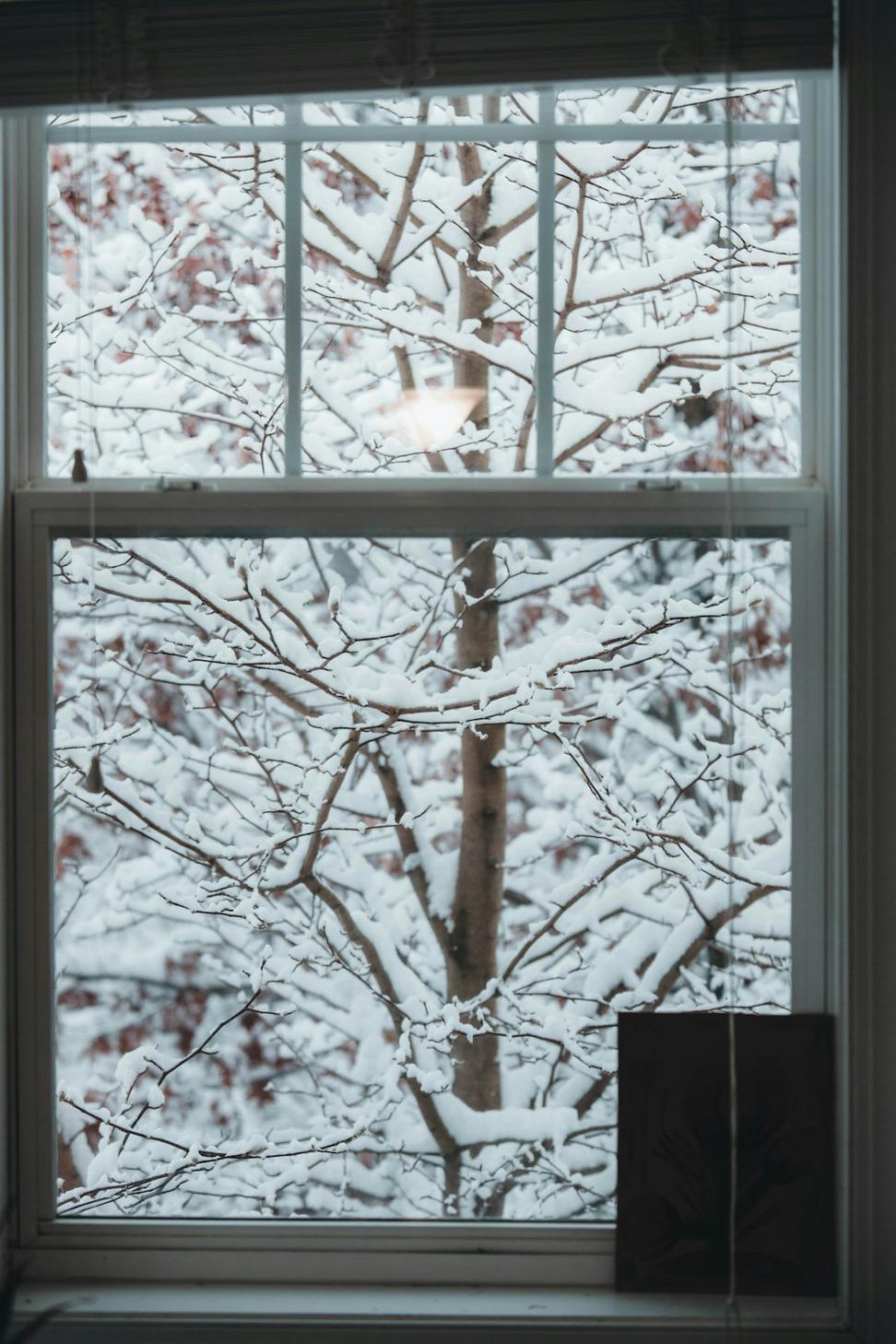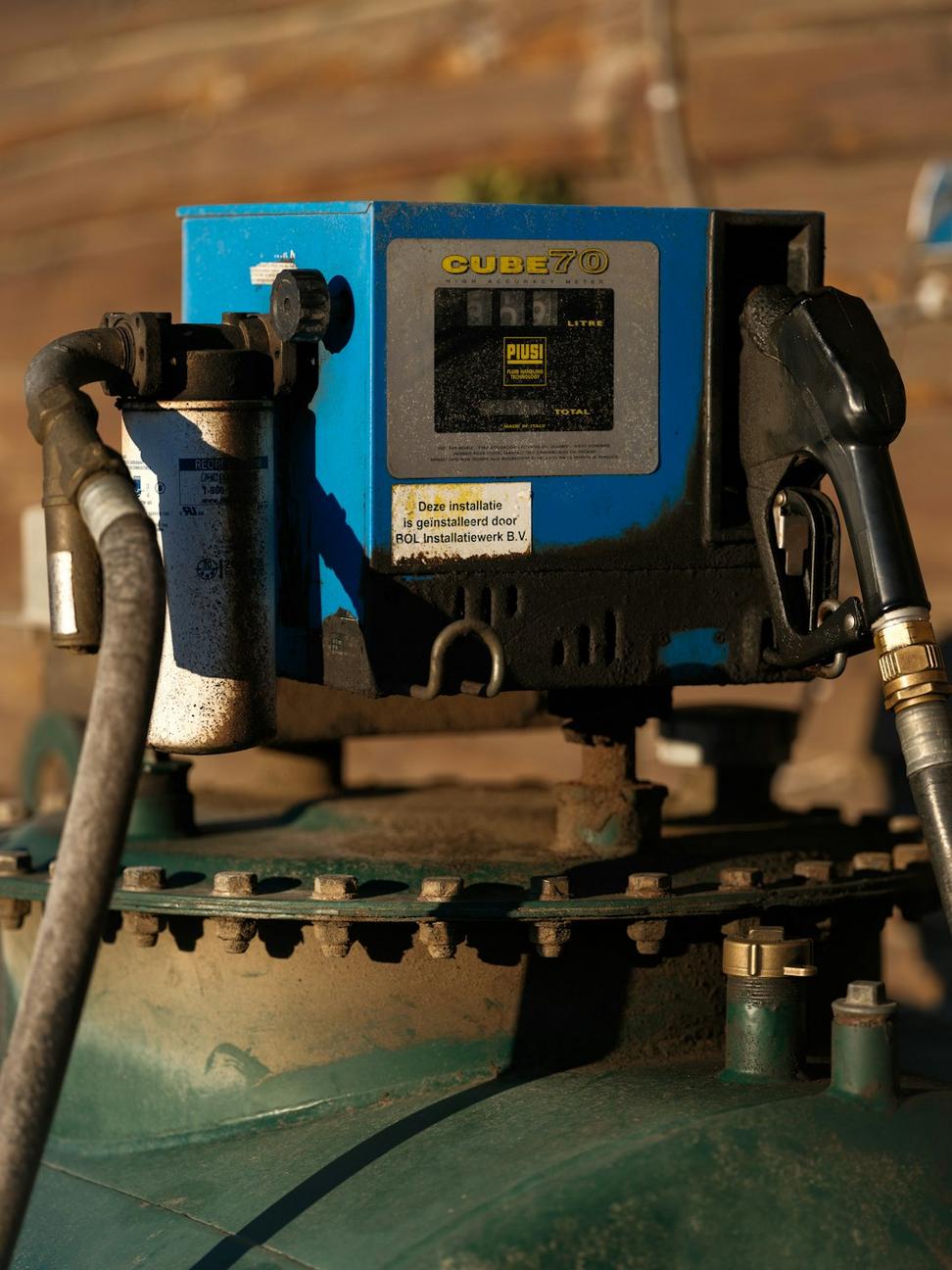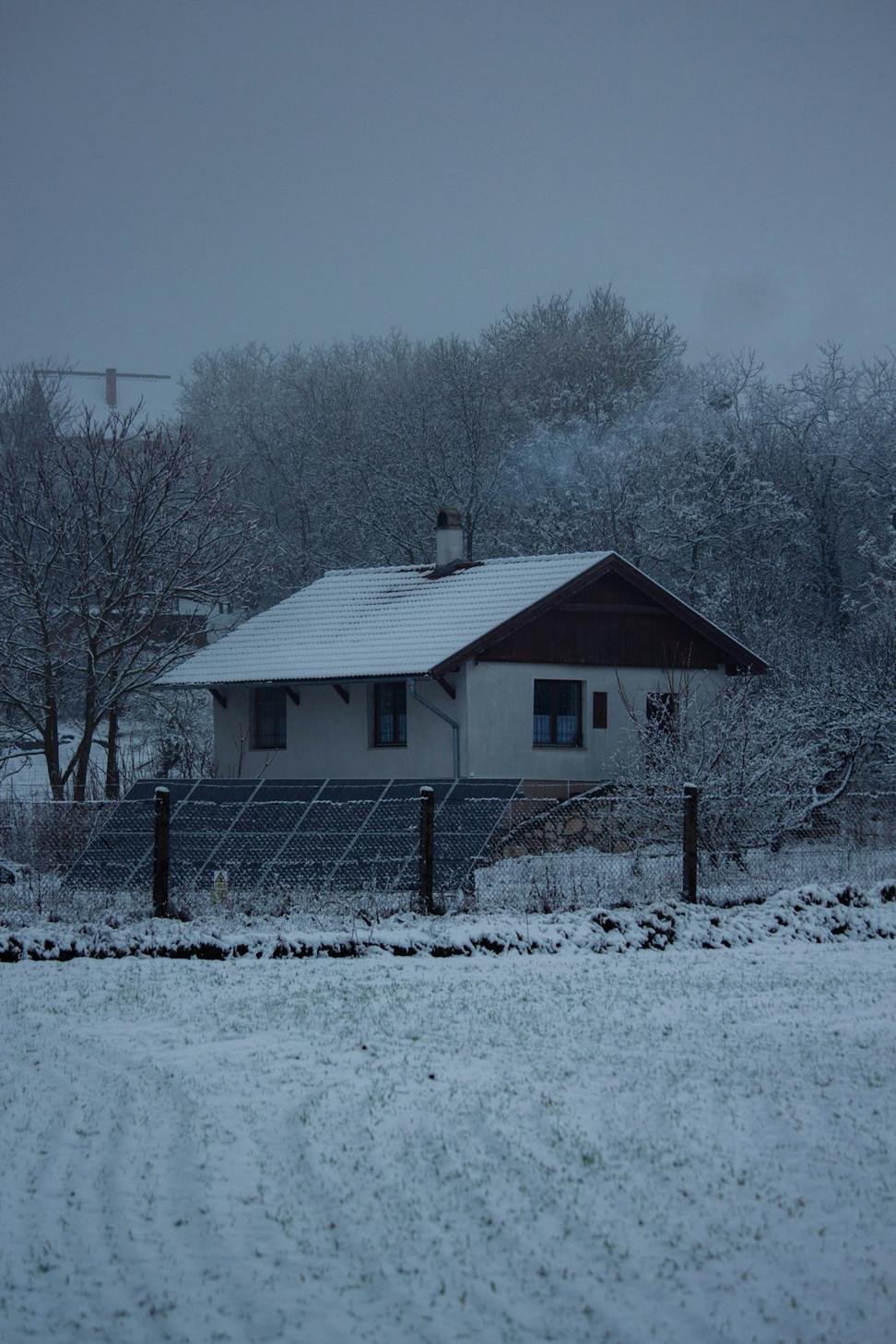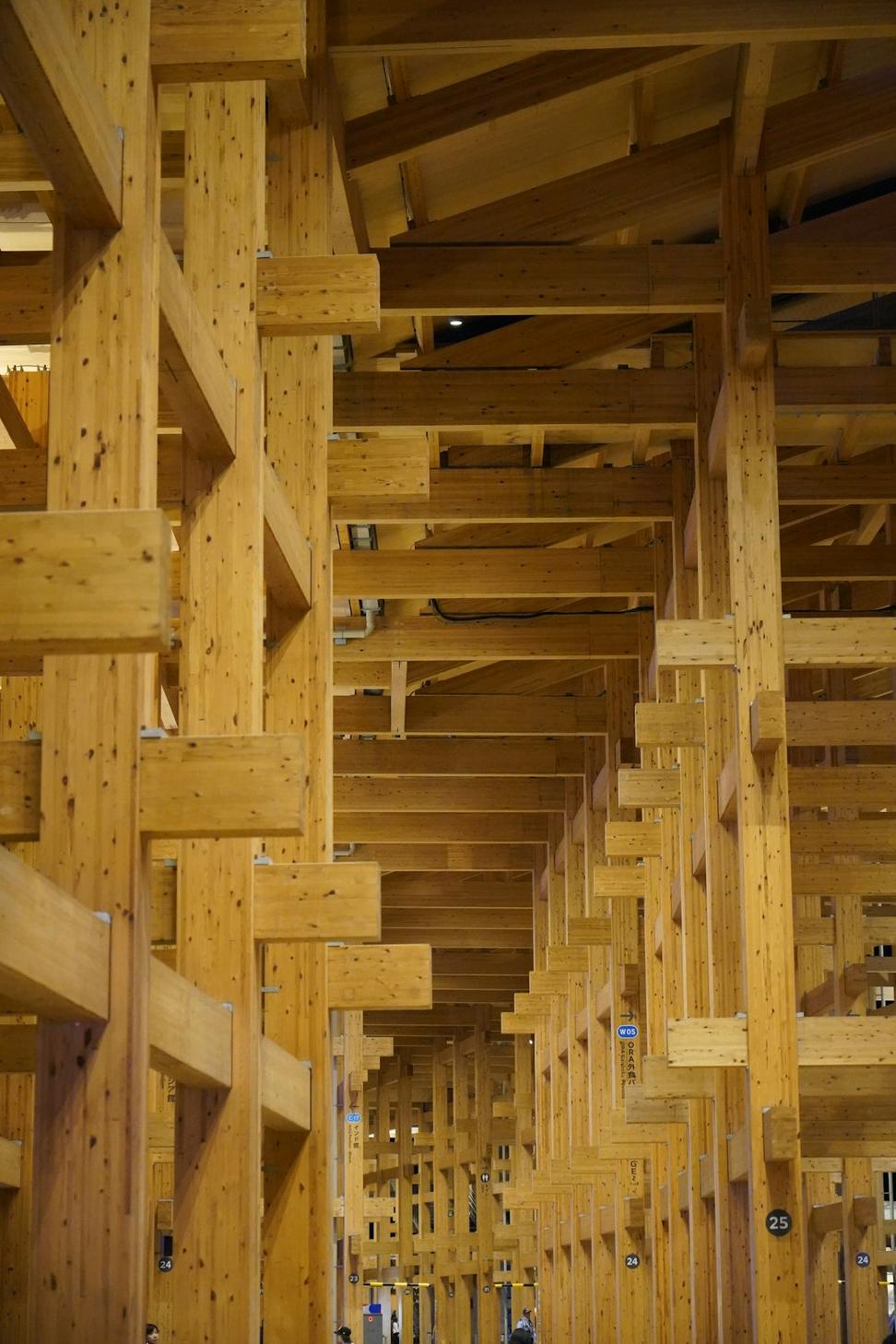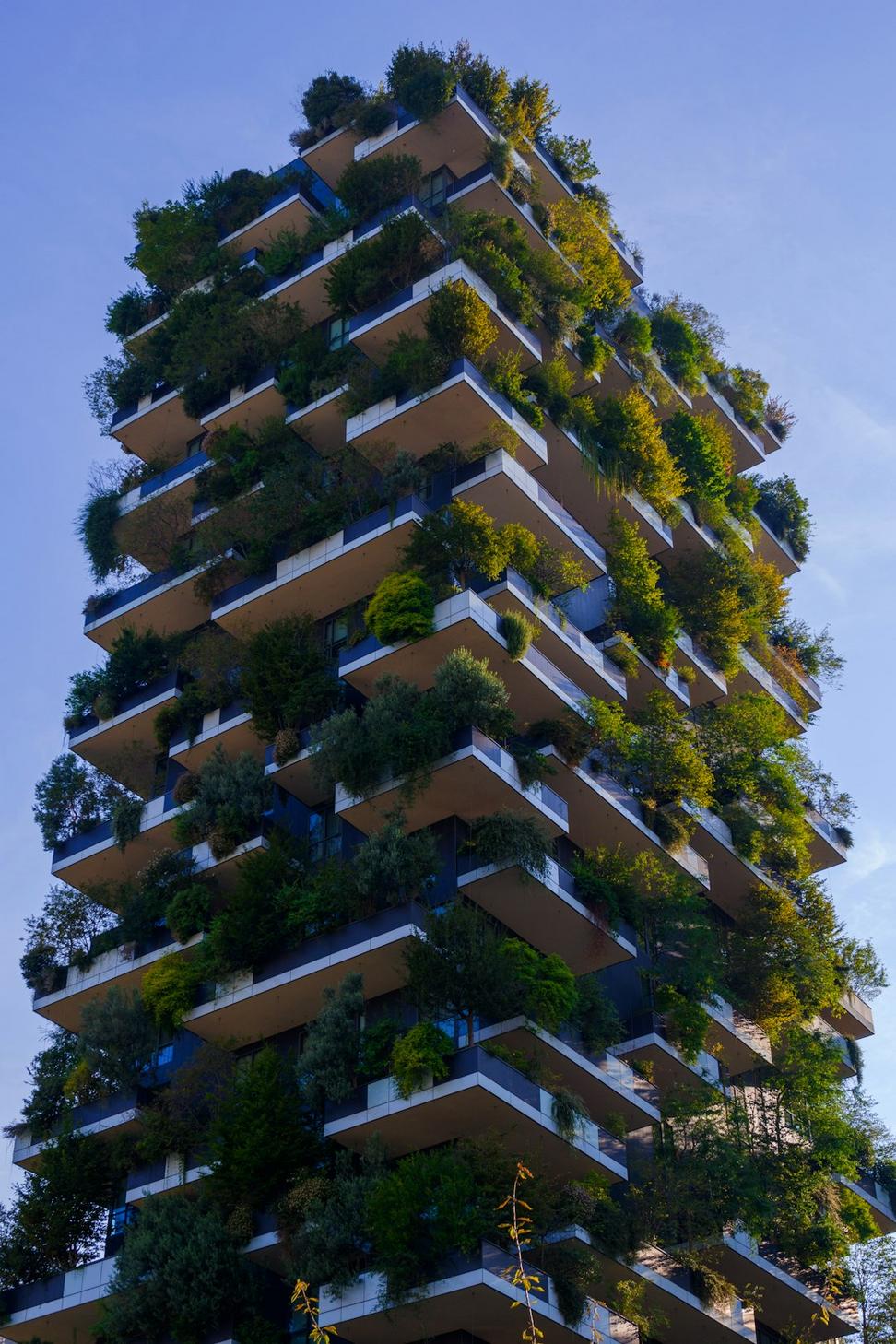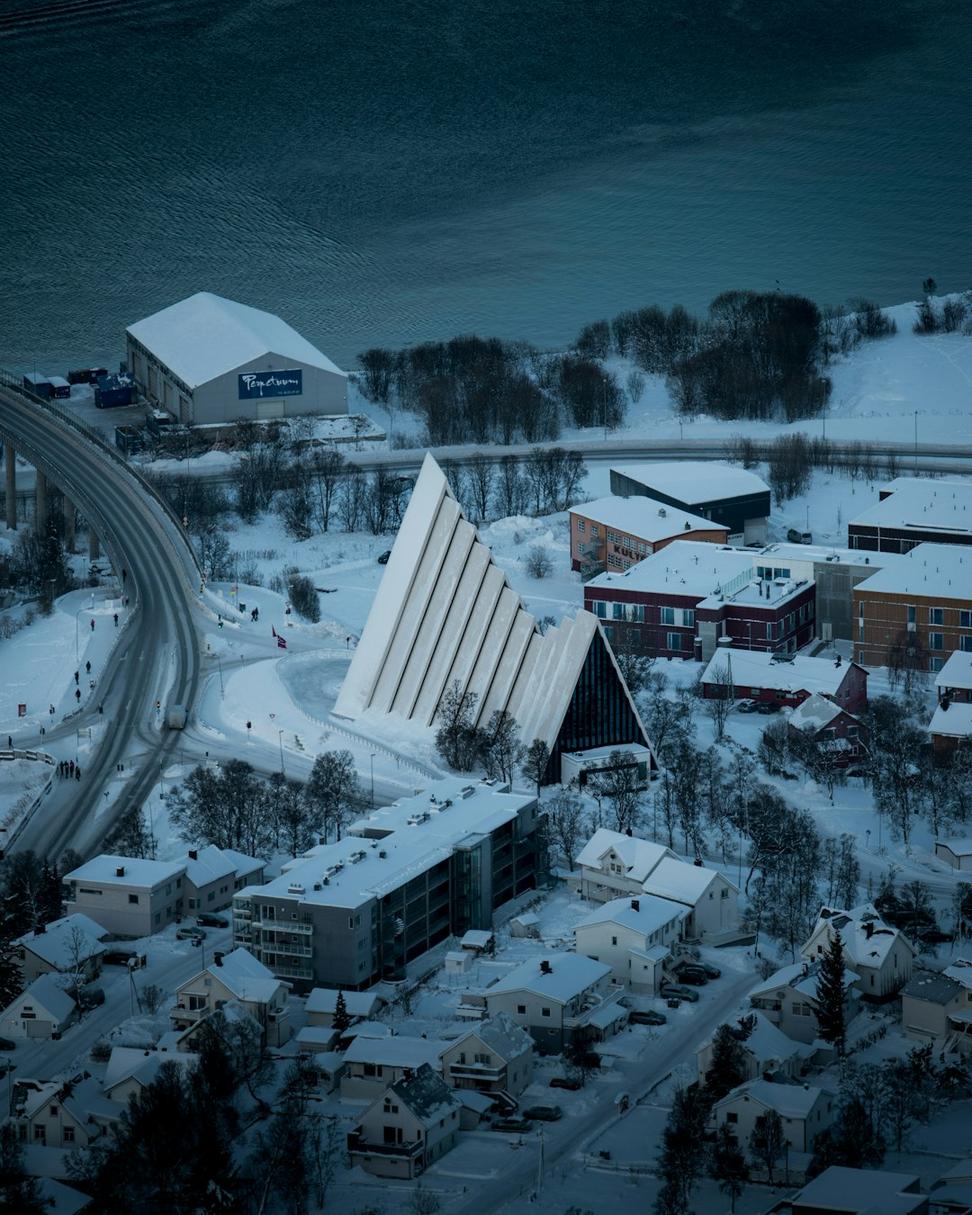
Why Cold-Climate Sustainability Hits Different
Here's the thing - most green building guidelines are written for temperate climates. They don't account for -30 degree winters, permafrost shifts, or six-month heating seasons. We had to basically throw out the rulebook and rewrite it for conditions where traditional "sustainable" materials sometimes just don't cut it.
After working on 47 projects across BC's harshest regions, we've learned that real sustainability up here means designing buildings that'll last 100+ years without constant repairs. It's not sexy, but durability IS sustainability when you're dealing with extreme weather.
Average Energy Reduction
68%
vs. standard buildsLocally-Sourced Materials
82%
within 500km radius